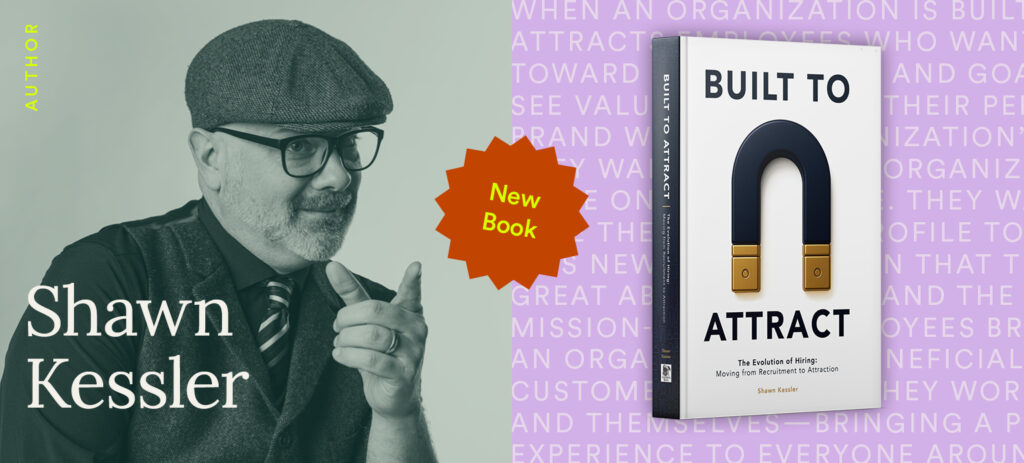Why Custom Recruitment Website Design is Key to Building a High-Performing Hiring Platform
In today’s ultra-competitive talent market, first impressions matter—especially online. According to a 2023 report from Appcast, recruitment landing pages optimized for user experience see up to 40% higher conversion rates than standard job pages. That’s the difference between losing top candidates and building a high-performing workforce.
Yet, many companies still rely on generic or outdated career sites or applicant tracking systems that fail to inspire or engage modern job seekers. Research from CareerBuilder revealed that 60% of candidates will abandon a job application due to a poor user experience or complicated process, especially if the site isn’t optimized for mobile or doesn’t tell a compelling employer brand story.
If your company is seeing low application rates or poor engagement, your website could be the problem. A custom-designed recruitment site does more than look good—it becomes a strategic hiring tool. It brings your employer brand to life, provides a seamless application experience, and integrates smoothly with your recruitment tech stack.
In this post, we’ll explore why investing in a custom recruitment website design is one of the most effective moves for talent acquisition teams—and how it can radically improve your candidate experience and hiring outcomes.
Why Your Recruitment Website Design Matters
Your recruitment website isn’t just a job board—it’s the digital front door to your employer brand. In fact, studies show that up to 70% of job seekers visit a company’s careers site before applying (Glassdoor). But when that visit leads to clunky navigation, slow load times, or generic content, top candidates are quick to move on. Too many organizations rely on templated career pages that fail to differentiate their culture or engage candidates meaningfully. The result? Low application rates, high drop-off, and missed opportunities to connect with the right talent. A custom recruitment website solves these problems by aligning your career site with your company’s values, making the candidate experience intuitive and engaging. When done right, your site becomes more than a digital brochure—it becomes a high-performing platform that accelerates hiring and elevates your employer brand.
Elements of a High-Converting Recruitment Website
Bringing your custom recruitment website to life means translating strategy into a seamless visual and interactive experience. Here’s how to showcase the essential features through effective UX and design:
1. Mobile Optimization
- Use real brand elements (colors, logo, type) to demonstrate how the site adapts responsively across screen sizes (e.g., iPhone, Android, tablet)
- Prioritize thumb-friendly navigation with large, tappable buttons
- Keep job listings concise and stack content vertically for scroll-friendly layouts
- Enable autofill and resume upload via mobile cloud storage
2. Intuitive Navigation and Search
- Include a search bar with predictive text suggestions
- Filter jobs by available data from your ATS. Use icons and whitespace to separate filter options for visual clarity
- Include a clear “View All Jobs” call to action above the fold
- Highlight featured or urgent jobs in a carousel or grid layout
3. Branded Job Pages
- Use color, typography, and imagery consistent with your corporate brand
- Include “Why Work Here” or “Meet the Team” video
- Add a company values section
- Include social proof like Glassdoor ratings, diversity stats, or awards
- Add “Related Jobs” suggestions to keep candidates exploring
- Promote relevant hiring events
4. Fast and Easy Application Process
- Skip the full ATS application process in favor of a 10-second easy apply or priority, hard-to-fill jobs
Bonus Tip: Use Micro-Analytics to Refine UX
Embed heatmaps, scroll tracking, and form drop-off analytics (i.e. Hotjar, Google Optimize) to understand how candidates are interacting with your site. These insights can inform A/B testing of job page formats, CTA button colors, or application forms.
Why Companies Invest in Custom Recruitment Website Design
- Tailored to Specific Recruitment Needs
- A custom recruitment platform can address unique challenges in specific your industry, such as high turnover rates or hard-to-fill positions with niche skill requirements.
- Flexibility in Integrations
- A custom design allows for smooth integration with ATS systems, CRM tools, and other recruitment technologies, ensuring that the technology stack works seamlessly together.
- SEO and Visibility
- A well-designed, SEO-optimized site helps your job postings appear in search results, especially on Google for Jobs.
Steps to Designing a Custom Recruitment Website
- Step 1: Define Your Employer Brand
- Start by clearly identifying your company’s values, culture, and unique selling points that will be reflected in the website design.
- Step 2: Focus on Candidate Experience
- From the moment a job seeker lands on your site to the second they hit submit, every interaction should feel effortless, intuitive, and personalized to boost conversion rates and leave a lasting impression.
- Step 3: Choose the Right Features
- Features such as AI-driven job recommendations, dynamic landing pages, event promotion and talent communities can keep candidates engaged.
- Step 4: Collaborate with a Recruitment Marketing Partner
- Work with experienced recruitment marketing teams that specialize in custom recruitment website design to ensure the best results.
- Step 5: Implement and Optimize
- Once the site is live, track performance through a ROI reporting dashboard and continuously optimize the site for better performance.
Benefits of Custom Recruitment Website Design
Enhanced Candidate Experience
Custom designs provide a more engaging experience, leading to higher application completion rates and better candidate satisfaction.
Increased Brand Awareness
A custom recruitment website aligned with your employer brand helps increase brand visibility and makes your company more appealing to top talent.
Faster Hiring Process
By streamlining the application process and making job postings more visible, you can reduce the time-to-fill for open positions.
Higher ROI
By investing in a custom website, you will see better returns in terms of candidate quality, application rates, and recruitment efficiency.
Avoid These Common Mistakes in Recruitment Website Design
Overcomplicating the Design
Keep the design clean and focused on functionality, ensuring ease of navigation and a clear application process.
Failing to Optimize for SEO
Even a beautifully designed website can fail if it doesn’t appear in search engine results. Make sure job postings are SEO-optimized.
Not Prioritizing Mobile Users
Failing to optimize for mobile is a common pitfall, as mobile job seekers now represent a significant portion of applicants.
Final Thoughts
Your career site is often the first real touchpoint between your company and potential candidates—and in today’s hiring environment, first impressions are everything. A custom recruitment website is designed with that in mind will deliver measurable results and improve your hiring process.


























